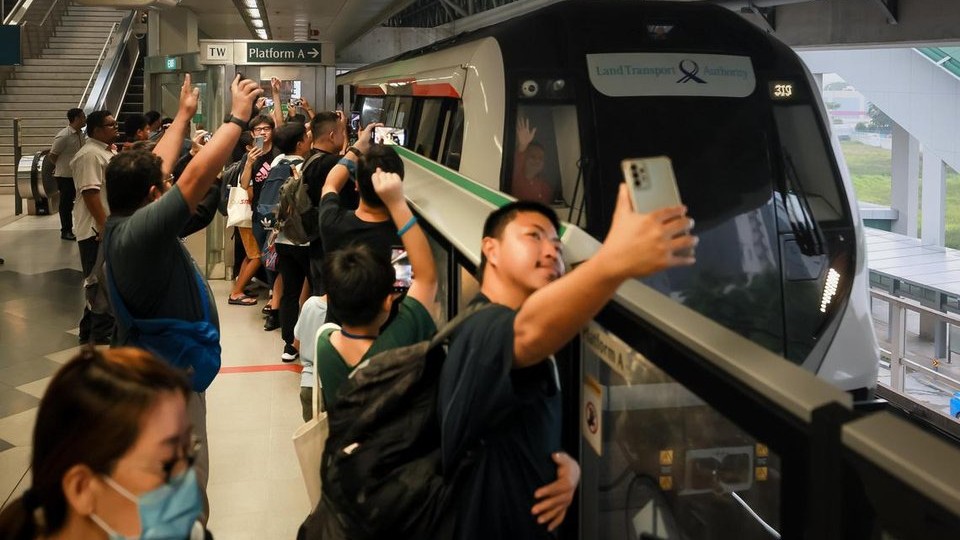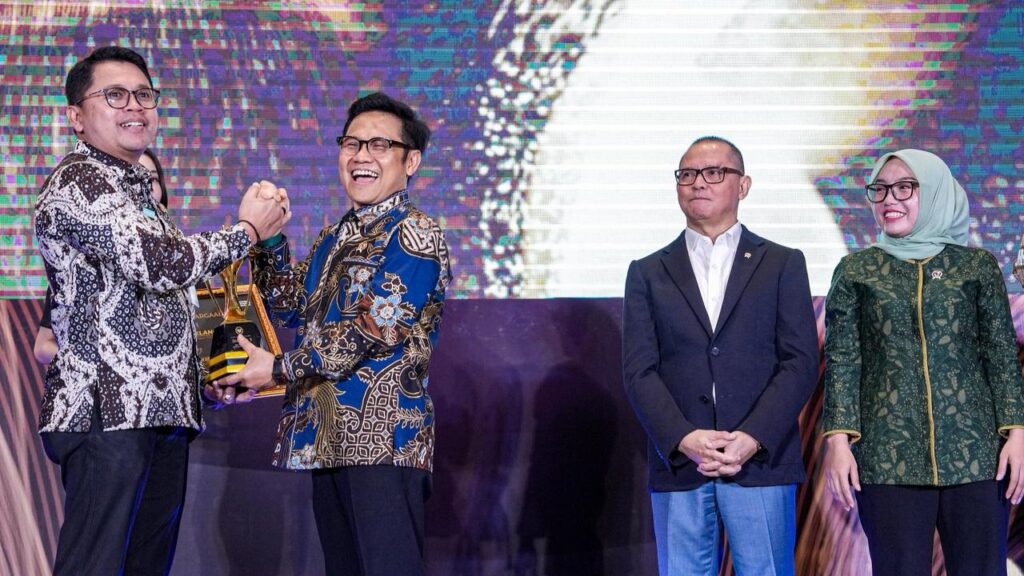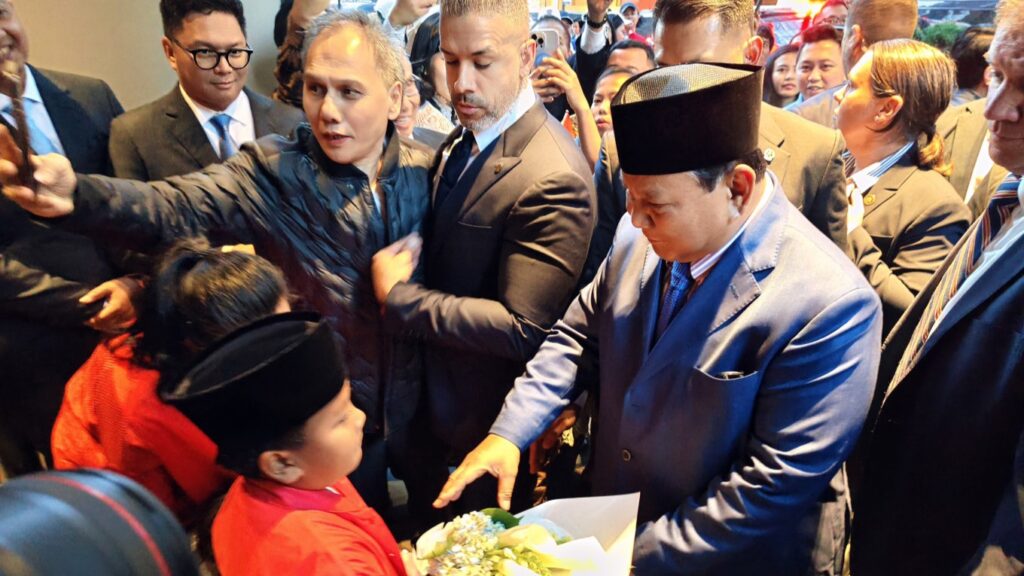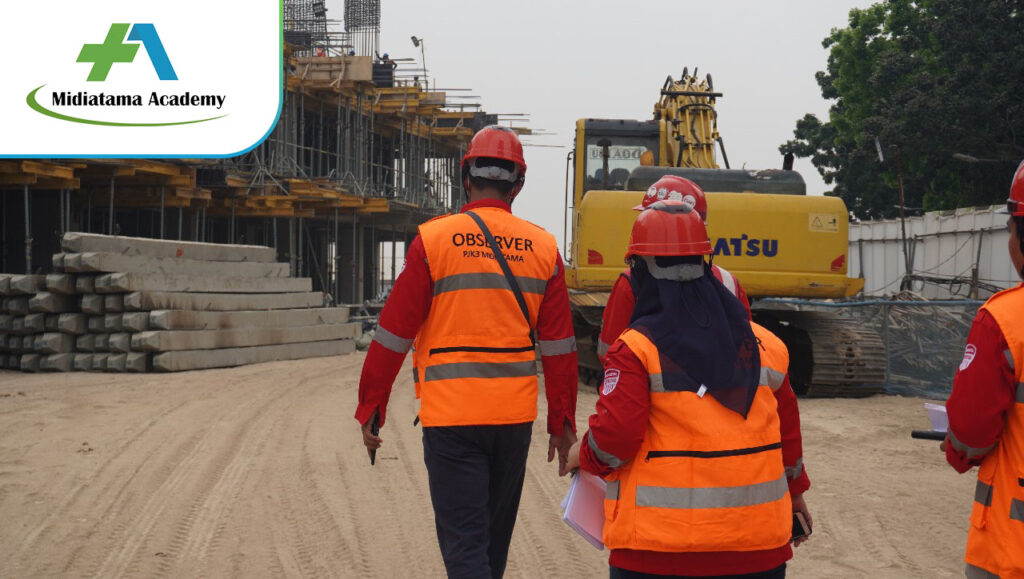Singapore – Singapore’s efforts to modernise its ageing MRT infrastructure have reached a key milestone, with more than half of the 106 new seventh-generation trains now operating on the city-state’s North-South and East-West Lines (NSEWL).
As of June 29, 2025, a total of 61 Alstom Movia R151 trains have been deployed, according to the Land Transport Authority (LTA). The full fleet, aimed at replacing decades-old train models, is expected to be in service by 2026.
The R151 model began entering service in June 2023. With an accelerated delivery schedule since October 2024—three new trains per month, up from two in 2023—the transition is moving at a steady pace.
These new trains are gradually replacing the first-generation Kawasaki Heavy Industry (KHI) trains, which have been in operation since 1987. The aging fleet was at the centre of a major breakdown in September 2024 that crippled part of the East-West Line for nearly a week. As a result, operator SMRT was fined S$3 million by LTA. The disruption highlighted vulnerabilities in the continued reliance on outdated rolling stock, a situation exacerbated by delays in train replacement caused by the COVID-19 pandemic.
Currently, only 16 KHI trains remain on the NSEWL. These are scheduled to be fully decommissioned by September 2025, SMRT announced via its official social media channels.
Designed in Germany and assembled in Changchun, China, the R151 trains incorporate several upgrades, including real-time condition monitoring systems, expanded open spaces for increased standing capacity, and wider windows. The interiors also feature perch seating to balance seating availability with movement flow.
The first batch of 66 R151 trains was ordered in 2018 at a cost of S$1.2 billion, followed by an additional 40 trains procured in 2020 for S$337.8 million. These new units are replacing not only the first-generation KHI fleet but also the now-retired Siemens and Kawasaki-Nippon Sharyo models from the second and third generations.
The total NSEWL fleet, including the remaining operational trains from other generations (introduced between 2011 and 2018), now stands at 169 trains.
The MRT fleet renewal is part of a S$2.6 billion system-wide modernisation initiative launched in 2012. Alongside new trains, the programme includes an advanced signalling system for tighter train intervals, upgraded power rails, and a track circuit monitoring system capable of early fault detection.
Since these infrastructure investments began, operational reliability has significantly improved. According to LTA, the NSEWL’s mean kilometres between failure (MKBF) has risen from less than 100,000 train-km in 2012 to over 1 million train-km since 2019.
Even factoring in the 2024 disruption, the East-West Line’s MKBF stood at 2.03 million train-km in the latest LTA report, a slight dip from 3.36 million in 2023, but still well above global benchmarks for urban rail systems.
As ASEAN cities continue to scale up their transit infrastructure, Singapore’s experience offers key lessons in planning for lifecycle renewal, balancing operational continuity with system upgrades, and building rail resilience in the face of both technical and geopolitical disruptions.







